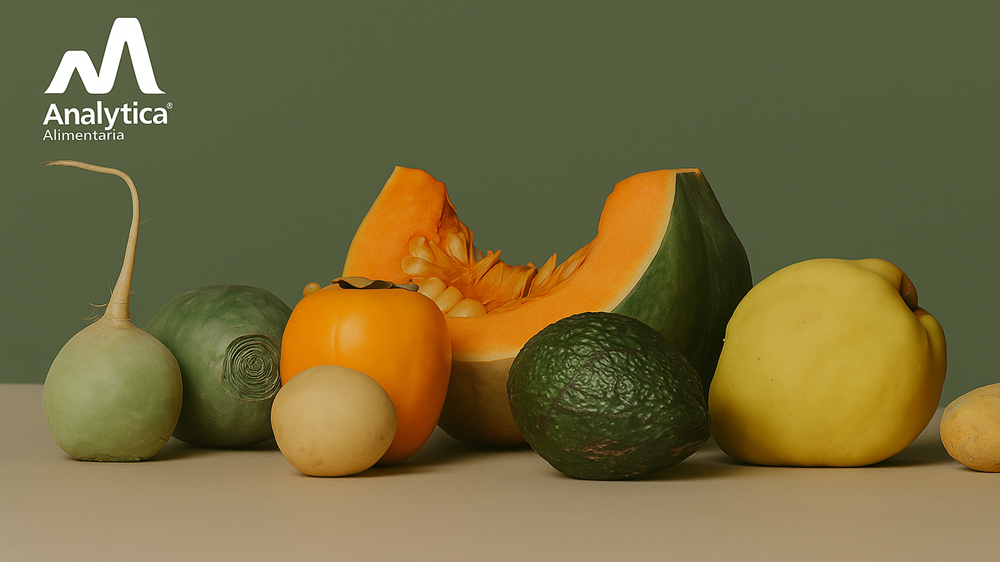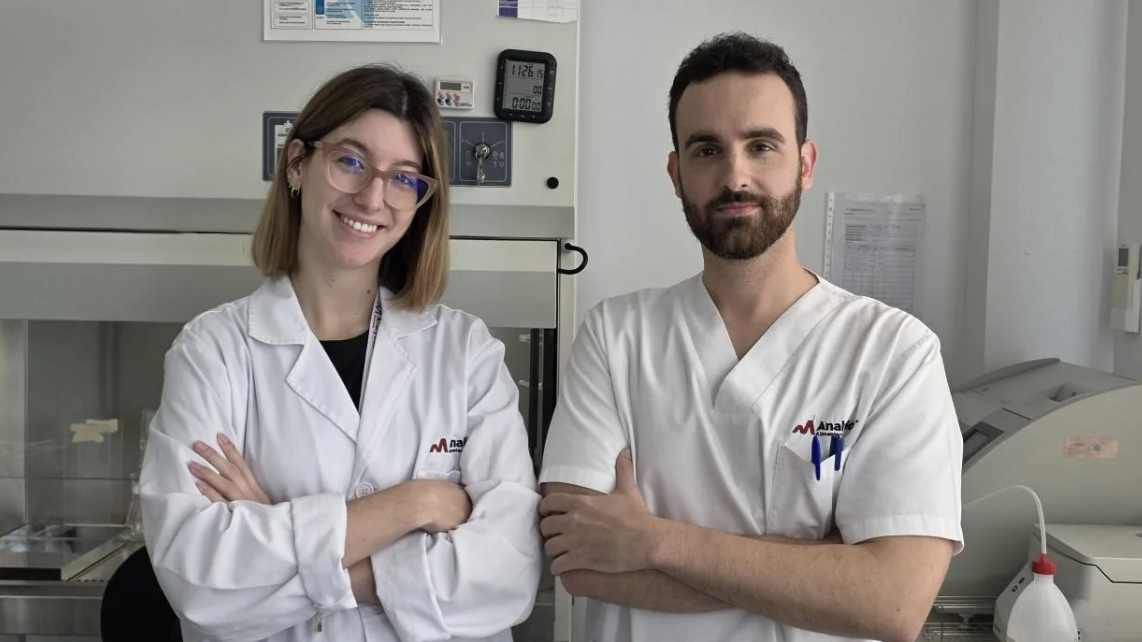Measurements
Priorities during the pandemic: prevention, hygiene and disinfection measures
Due to the alarming situation, in which our society finds itself as a result of COVID-19 disease, caused by a new type of coronavirus, SARS-CoV-2, there is great uncertainty and concern about its behaviour and routes of infection. These uncertainties also affect a sector as sensitive as the food industry. One of the questions that we all ask ourselves as consumers is whether this virus can be spread through the food chain and whether it is possible that transmission in the food industry can take place, for example through contact with contaminated surfaces. The position of Analytica Alimentaria GmbH and Labor Friedle GmbH in this respect is clear and based on studies and references provided by European and international organisations. Prevention and extreme cleaning and hygiene measures in food processing plants, which go beyond the general measures in the professional and private sector, are of crucial importance for this sector.
27 April, 2020
Due to the alarming situation, in which our society finds itself as a result of COVID-19 disease, caused by a new type of coronavirus, SARS-CoV-2, there is great uncertainty and concern about its behaviour and routes of infection. These uncertainties also affect a sector as sensitive as the food industry. One of the questions that we all ask ourselves as consumers is whether this virus can be spread through the food chain and whether it is possible that transmission in the food industry can take place, for example through contact with contaminated surfaces. The position of ANALYTICA ALIMENTARIA GMBH and Labor Friedle GmbH in this respect is clear and based on studies and references provided by European and international organisations. Prevention and extreme cleaning and hygiene measures in food processing plants, which go beyond the general measures in the professional and private sector, are of crucial importance for this sector. There is currently no evidence that Covid-19 is transmitted via food. This is established by both the European Food Safety Authority (EFSA1) and the German Federal Institute for Risk Assessment BRf2 . EFSA is also actively monitoring the situation and has published a statement on this issue: Currently there is no evidence that food can be a source or a likely route of transmission of the virus1. The European Centre for Disease Prevention and Control (ECDC) has found that although the source of the initial infection in China was an animal, the virus now spreads among humans, in particular by inhaling airborne droplets when a person coughs, sneezes or exhales1. The concern about possible contamination with SARS-CoV-2 from surfaces, as may occur with other pathogens, is understandable and legitimate. According to the study conducted by the National Institute of Allergy and Infectious Diseases, Hamilton, MT, USA, published in the New England Journal of Medicine3, the virus can remain stable on surfaces for a limited period of time, although there is still no reliable information about its possible spread or infection through this medium. Is it therefore necessary to perform specific SARS-CoV-2 tests on surfaces?Several manufacturers now offer the possibility to perform test-kit analyses of SARS-CoV-2 by RT-PCR on samples taken from sterile swabs on surfaces. These tests detect the presence of specific genetic material (RNA) in the same way as for example hepatitis A viruses or noroviruses. The informative value of these two methods on surfaces is generally limited, because according to the current state of science and technology a valid negative or positive result is already delivered with a low extraction efficiency of only 1% (ISO 15216-2). This means that such a test is already considered valid if only 1% of 100% applied internal control virus RNA is recovered. In our opinion, the proof of a successful disinfection measure via viral RNA is therefore questionable. For this reason, other established methods are still recommended for testing the effectiveness of disinfection measures, e.g. determination of the total aerobic count (ISO 4833-1/2:2013). Labor Friedle GmbH and Analytica Alimentaria GmbH have taken a clear position regarding the performance of test-kit analyses of SARS-CoV-2 by RT-PCR on surfaces: Although they could be carried out without difficulty in our molecular biology laboratories, we advise against this procedure. Our reasons are the following: 1. There are no instructions or concrete measures in case of a positive result A positive test result means that the sampled surface contains or has contained the viral RNA material. This RNA is not stable outside the protective capsule of the virus itself, so that its detection indicates a high probability of its presence. However, this result does not allow a conclusion to be drawn about its infectivity and therefore its ability to be transmitted through the surface4. The Robert Koch Institute (RKI), the central institution of the Federal Republic of Germany in the field of disease surveillance and prevention, states:"Transmission via contaminated surfaces, especially in the vicinity of the infected person, cannot be ruled out, as reproducible SARS-CoV-2 viruses can be detected in the environment under certain circumstances". The same institution reports that the virus is persistent, yet its surface exposure is exponentially reduced, which is said to keep its infection potential very low. The conclusion of the RKI is that a very high viral load on a surface indicates the presence of an infected person nearby. Consequently, all persons who have come into contact with this surface should be tested regardless of the actual exposure. This should help to identify the source that caused this viral load. For this reason, a positive result of a surface analysis could trigger a direct, strong reaction, which in extreme cases could lead to the closure of the plant. If there is no information about the source of the virus (was it an infected person or material carrying the virus?), a consistent measure must be taken in any case: the correct disinfection of work surfaces. This measure is the most important preventive measure that must be carried out regularly under the current circumstances. 2. In case of a negative result, the interpretation is very limitedIn the opposite case, in case of a negative result, the informative value is very limited, as it only refers to the sampled area (spatial limitation) and the time of sampling (time limitation). It is known that surfaces that are frequently used and come into contact with materials and/or people remain sterile only for a short time. Therefore, if the intention is to base a control system or action plan on the results of a SARS-CoV-2 test on surfaces, it would be critical, in our view, to use the negative results to draw rigorous and reliable conclusions. 3. Sampling is extremely critical and must be performed by qualified personnelSampling should be carried out by highly qualified personnel with the necessary hygiene measures and in accordance with the international standard ISO 18593:2018 in order to avoid contamination and thus false positive results, as is generally the case for sampling for pathogenic germs. A false negative result would lead to fatal safety. In principle, the transport to the laboratory must also be validated. Furthermore, the efficiency of the extraction must be taken into account by carrying a process control from the very beginning. So what would be the appropriate preventive measure?Our recommendation is to invest additional resources in the efforts for correct and frequent use of preventive and cleaning measures. These measures are already being implemented in food trading centres in an effective, certified and controlled manner for food safety reasons. The Andalusian Regional Government (Junta de Andalucía) has summarised this very clearly in the following document:https://www.juntadeandalucia.es/export/drupaljda/RECOMENDACIONES_IND_ALIMENTARIAS_COVID19REV0.pdf To complement this, we recommend the proposed measures by the European Centre for Disease Prevention and Control (ECDC)5. This document is intended to serve as a guide for proper cleaning in non-healthcare facilities where cases of COVID-19 have been confirmed before admission to hospital. Analytical activities should follow the recommendations for the prevention and early detection analysis of SARS-CoV-2 issued by theWorld Health Organisation6 and other official bodies7. In line with EU requirements, analytical control should focus on clinical trials, i.e. all resources available to companies should be focused on the detection of human infections using validated and reliable methods. We recommend that you consult the European Commission's question and answer section on COVID-19 in relation to food security, which clarifies many uncertainties: https://ec.europa.eu/food/sites/food/files/safety/docs/biosafety_crisis_covid19_qandas.pdf And as always, both Analytica Alimentaria GmbH and Labor Friedle GmbH offer their customers advice from their expert groups.












